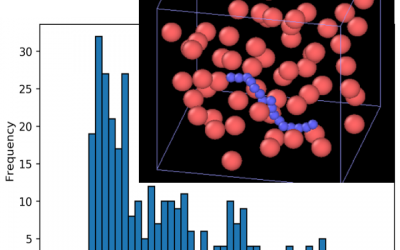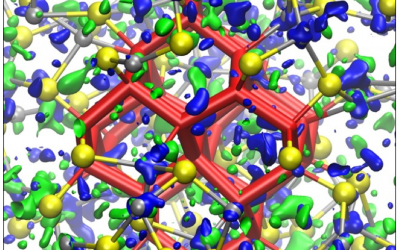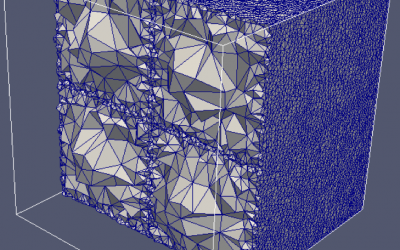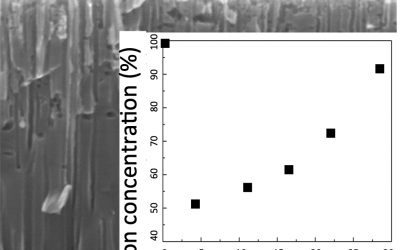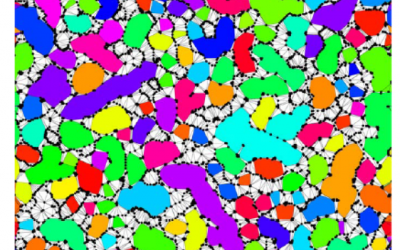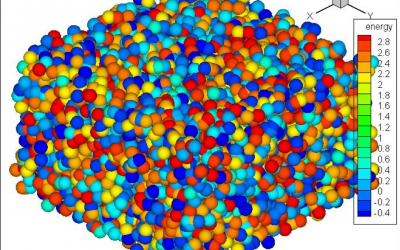Projects of the Zimanyi Group
Mitigating Solar Cell Degradation
What: Heterojunction (HJ) Si solar cells have world record efficiencies approaching 27%. However, these Si HJ solar cells have not yet been widely adopted by the market because they exhibit a performance degradation of about 1%/year, twice as high as standard cSi cells. Our group is adapting the knowledge developed via studying glassy systems to understand the leading degradation processes, with the aim of mitigating them.
How: LAMMPS molecular dynamics, Quantum Espresso DFT, Nudged Elastic Band method.
Increasing Solar Cell Efficiency
What: Our “Full Spectrum Boost Project” focuses on solar cells made of colloidal nanoparticles. Absorption is boosted at low energies by the Intermediate Band process and at high energies by Carrier Multiplication. Our cells transcend QCD: the Quantum Confinement Dilemma. Transport is modeled as ab initio-based Monte Carlo/Marcus hopping or Boltzmann theory.
How: LDA, TD-DFT, GW, BSE, Lanczos methods, Molecular Dynamics, Kinetic Monte Carlo
Magnets for Hybrid Car Engines
What : We are exploring the reversal mechanism of hard permanent magnets in order to improve their utility for alternative energy purposes. We study the competition of domain wall propagation and nucleation in sintered and nanostructured rare earth magnets. We are analyzing hard-soft composites.
How : Finite element LLG, FORC analysis: mean field + local corrections, OOMMF, analytic methods in one dimension, elastic rubber band method for barriers
Photovoltaic Desalination
What: We have invented photovoltaic desalination. We have provided the proof of concept experimentally. We are performing extensive simulations to analyze the dynamics of the desalination/flushing cycle, from the atomistic scale to simulating individual channels to building an effective medium theory for the device.
How: Finite element hydrodynamics, COMSOL hydrodynamics, effective medium theory
Glassy Systems
What: We are exploring the slow dynamics, the glassy phases and memory and aging effects of spin glasses, dislocation systems and Coulomb glasses. We also analyze the formation of avalanches and their statistics. Using scaling analysis, we research the conditions which give rise to Self Organized Criticality.
How: Parallel tempering and other accelerated Monte Carlo techniques, Scaling analysis
Memristors
What: We are exploring the revolutionary memristor paradigm that promises to redefine the architecture of computers. We study the electronic transport with explicit inclusion of underlying vacancy dynamics. We treat the long range Coulomb interaction with care. We focus on the hysteretic switching phenomena and explore the role of oxide tunneling barriers
How: Molecular Dynamics, Long range interactions

